Travel Back to the Edo Period! Exploring Kusatsu City’s Historical Charms by Walk

A compact tour from Kusatsu Station focusing on the post town. A recommended course for experiencing history. Travel back in time to the Edo period, when Kusatsu flourished as a post town where the Tokaido and Nakasendo roads intersected.
Time required: Approx. 200 minutes/Approx. 4.0 km
Kusatsu City, Shiga Prefecture, just 20 minutes by train from Kyoto
Kusatsu City in Shiga Prefecture is conveniently located near Kyoto and has been gaining attention for its excellent accommodation and restaurants. It also has buildings from the Edo period, so you can enjoy historical exploration. It is recommended for those who want to take a little time away from the crowds and relax.
The Signpost(Ochinoi) was erected in March 1886 at the junction of the Shin-Tokaido and Nakasendo roads, but has now been moved to its current location in front of Kakuzenji Temple.
The old Kusatsu River is a famous river with an open ceiling, and is usually called the Sunagawa River because it has no water. Temporary bridges were not built except for large-scale traffic such as feudal processions, and people usually had to cross the river on foot.
This place, where a road sign is engraved with "Right: Tokaido Ise-michi, Left: Nakasendo Beautiful Road," is exactly where the Tokaido and Nakasendo branches off and joins. This place was once called Oiwakemitsuke of Kusatsu-juku, and even today, there remains a firelight with a firebox that was donated by the head of the local courier service that traveled the road.
After undergoing major repairs during the Heisei era, this is one of the largest honjin inns in Japan, and has been restored to modern times. Kusatsu-juku is the confluence of the Tokaido and Nakasendo roads, and is home to many inns. Kusatsu-juku Honjin is the symbol of this area, and was where feudal lords and other feudal lords would stay.
This is a space where local residents and tourists can take a break, and it has a rest area, a nursing room, and toilets. Kusatsu City volunteer tourist guides are always on hand to provide information on Kusatsu's tourism and history.
Kusatsu is a post town where culture and information were exchanged. The Kusatsu-shuku Kaido Communication Center is a history museum of the road and post town that brings back the bustle of that time. Models of the townscape are on display.
The owner (director) of this shop will talk about the historical and cultural charm of the shopping streets along the Tokaido and Nakasendo roads while you look at the ancient collections and traditional techniques that have been handed down in the shop (museum).
Facing the old Tokaido road, the shrine has long been worshipped as a shrine for safe travels and protection from evil. Within the shrine grounds stands the prefecture's oldest stone Signpost(Oiwake), which bears an inscription dated November 1680. The sacred tree, Quercus salicina, a prefectural natural monument, is a giant tree estimated to be 400 years old.
Did you enjoy the "Exploring History" course in Kusatsu, Shiga Prefecture? In addition to the spots introduced in this sample course, Kusatsu has many other attractions, including Lake Biwa. Please be sure to visit them.
Spots introduced in this itinerary
This site introduces tourist information for Kusatsu City, Shiga Prefecture. It is packed with information on attractive spots, hotels, and gourmet food, such as the nature-filled aquatic plant park Mizunomori, Lake Biwa Museum, the historic Tachiki shrine and the Sandai shrine, Kusatsujuku Honjin, and Rokuha Park, which is fun for the whole family.
The contents on this page may partially contain automatic translation.








![Kusatsu Yumehonjin [Tourist Information Center/Free Rest Area]](https://place.matcha-jp.com/resize/720x2000/2023/11/07-16-05-34-160636f29a8ea9ed76abcc343f5ac6aa40fe.webp)

























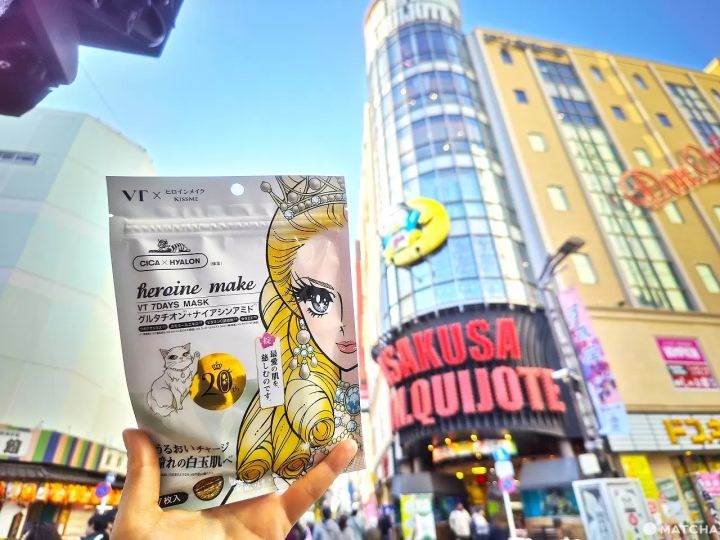

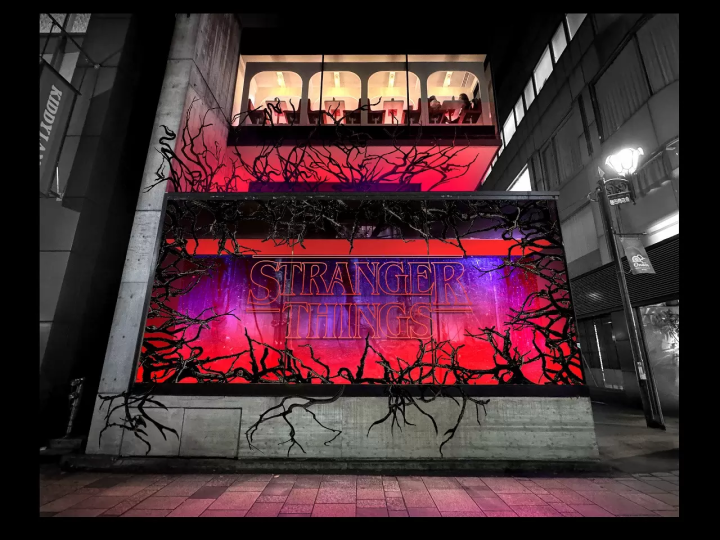

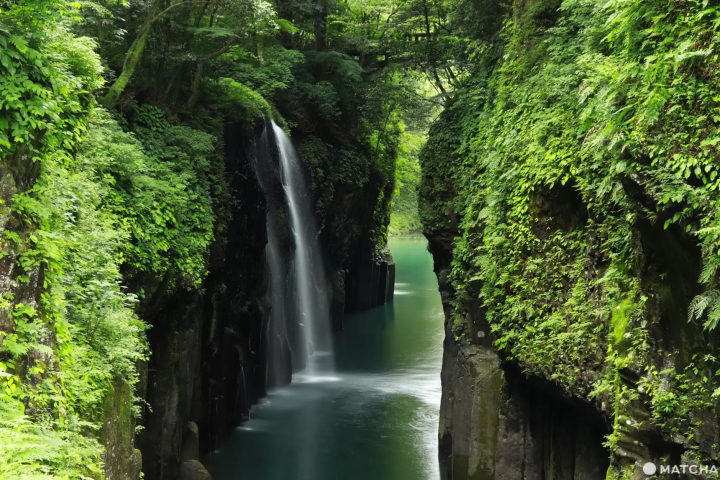




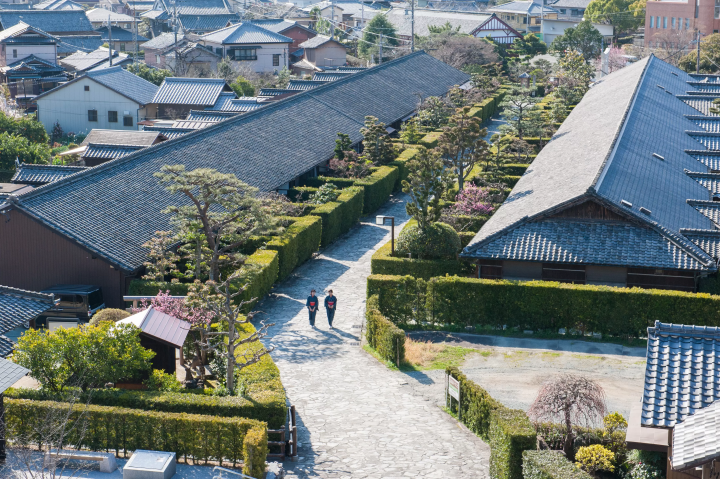
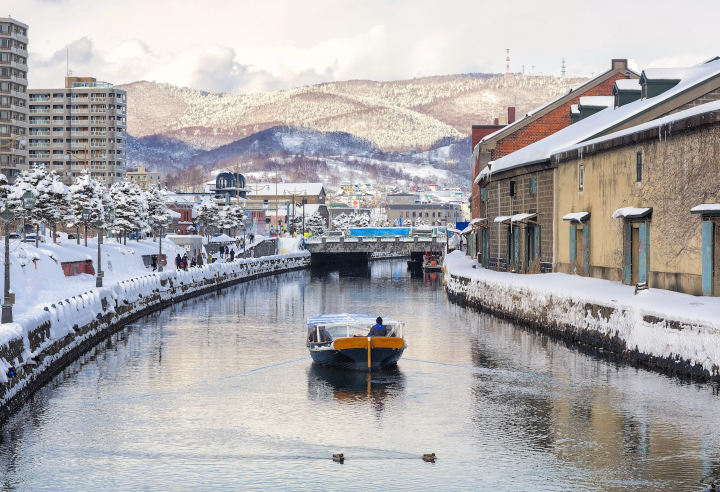
![[2025 Update] Namba's spectacular illuminations! "Namba Hikari Tabi" with approximately 1 million shining lights](https://resources.matcha-jp.com/resize/720x2000/2025/12/12-252825.webp)

